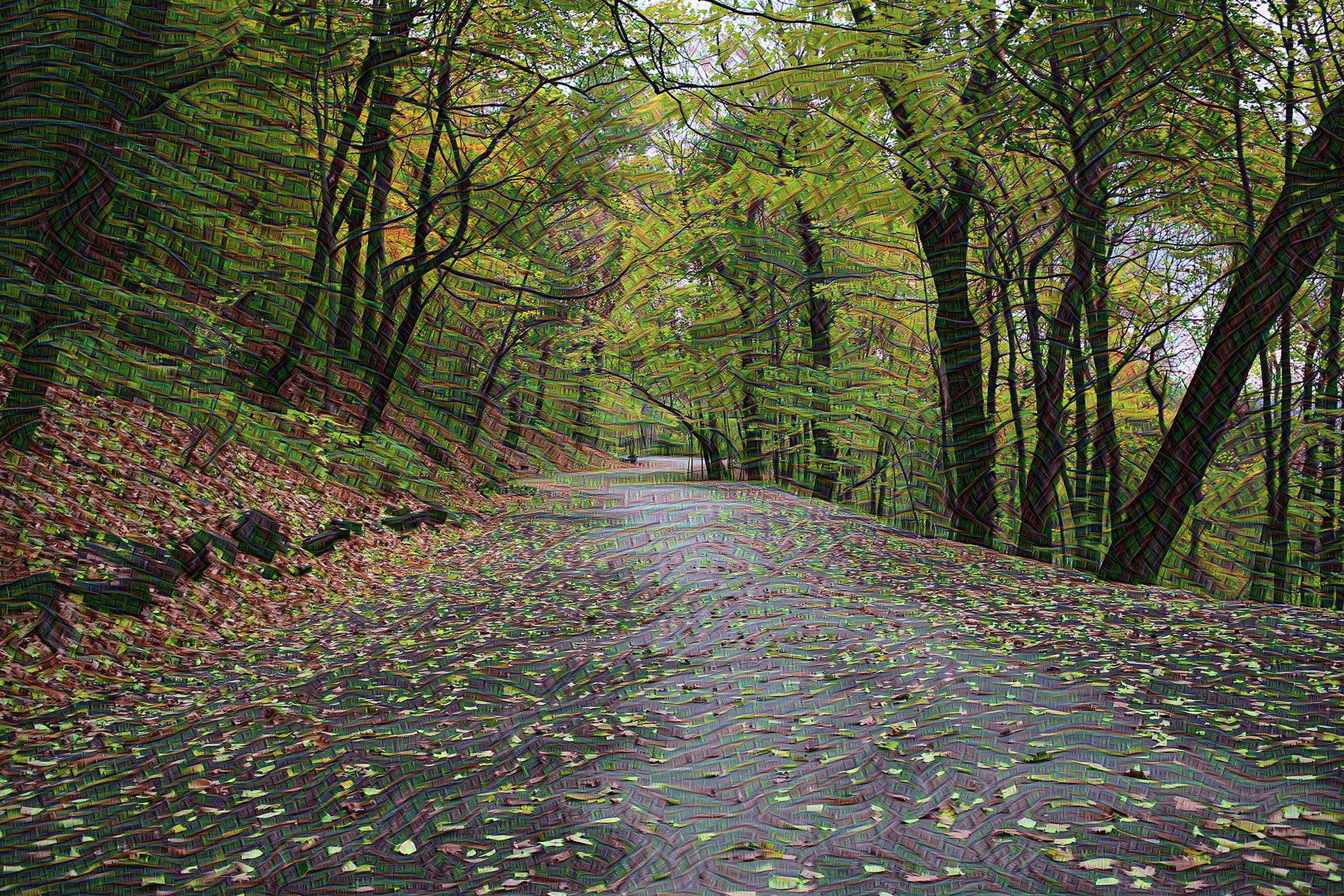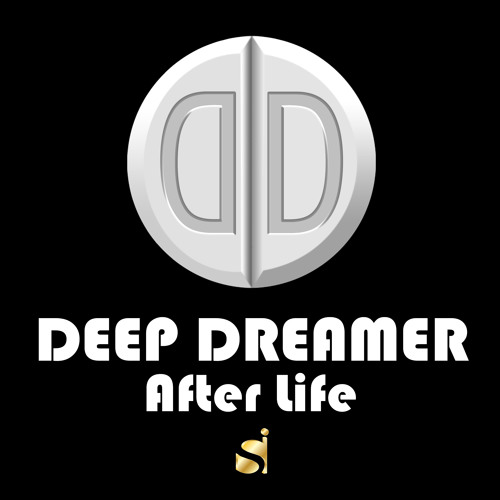
As internal variations are modified in deep neural networks the output image reflect these changes. The input and internal modifications represent the processing of exogenous and endogenous signals respectively in the visual cortex. Neural networks are trained on input vectors and are altered by internal variations during the training process. Hallucinogens such as DMT alter the function of the serotonergic system which is present within the layers of the visual cortex. Neural networks such as DeepDream have biological analogies providing insight into brain processing and the formation of consciousness. The cited resemblance of the imagery to LSD- and psilocybin-induced hallucinations is suggestive of a functional resemblance between artificial neural networks and particular layers of the visual cortex. An in-depth, visual exploration of feature visualization and regularization techniques was published more recently.

Various regularizers are discussed further in Yosinski et al. used the total variation regularizer that prefers images that are piecewise constant.
That have natural image statistics (without a preference for any particular image), or are simply smooth. The generated images can be greatly improved by including a prior or regularizer that prefers inputs This usage resembles the activity of looking for animals or other patterns in clouds.Īpplying gradient descent independently to each pixel of the input produces images in whichĪdjacent pixels have little relation and thus the image has too much high frequency information. The optimization resembles backpropagation, however instead of adjusting the network weights, the weights are held fixed and the input is adjusted.įor example, an existing image can be altered so that it is "more cat-like", and the resulting enhanced image can be again input to the procedure. However, after enough reiterations, even imagery initially devoid of the sought features will be adjusted enough that a form of pareidolia results, by which psychedelic and surreal images are generated algorithmically. This reversal procedure is never perfectly clear and unambiguous because it utilizes a one-to-many mapping process. This can be used for visualizations to understand the emergent structure of the neural network better, and is the basis for the DeepDream concept. the one for faces or certain animals) yields a higher confidence score. However, once trained, the network can also be run in reverse, being asked to adjust the original image slightly so that a given output neuron (e.g.
#RUNNING DEEP DREAMER ON WINDOWS SOFTWARE#
The software is designed to detect faces and other patterns in images, with the aim of automatically classifying images. The original image (top) after applying ten (middle) and fifty (bottom) iterations of DeepDream, the network having been trained to perceive dogs and then run backwards
#RUNNING DEEP DREAMER ON WINDOWS CODE#
Īfter Google published their techniques and made their code open-source, a number of tools in the form of web services, mobile applications, and desktop software appeared on the market to enable users to transform their own photos. Related visualization ideas were developed (prior to Google's work) by several research groups.

The idea dates from early in the history of neural networks, and similar methods have been used to synthesize visual textures. The dreaming idea and name became popular on the internet in 2015 thanks to Google's DeepDream program. The DeepDream software, originated in a deep convolutional network codenamed "Inception" after the film of the same name, was developed for the ImageNet Large-Scale Visual Recognition Challenge (ILSVRC) in 2014 and released in July 2015. Google's program popularized the term (deep) "dreaming" to refer to the generation of images that produce desired activations in a trained deep network, and the term now refers to a collection of related approaches. DeepDream is a computer vision program created by Google engineer Alexander Mordvintsev that uses a convolutional neural network to find and enhance patterns in images via algorithmic pareidolia, thus creating a dream-like appearance reminiscent of a psychedelic experience in the deliberately overprocessed images.


 0 kommentar(er)
0 kommentar(er)
